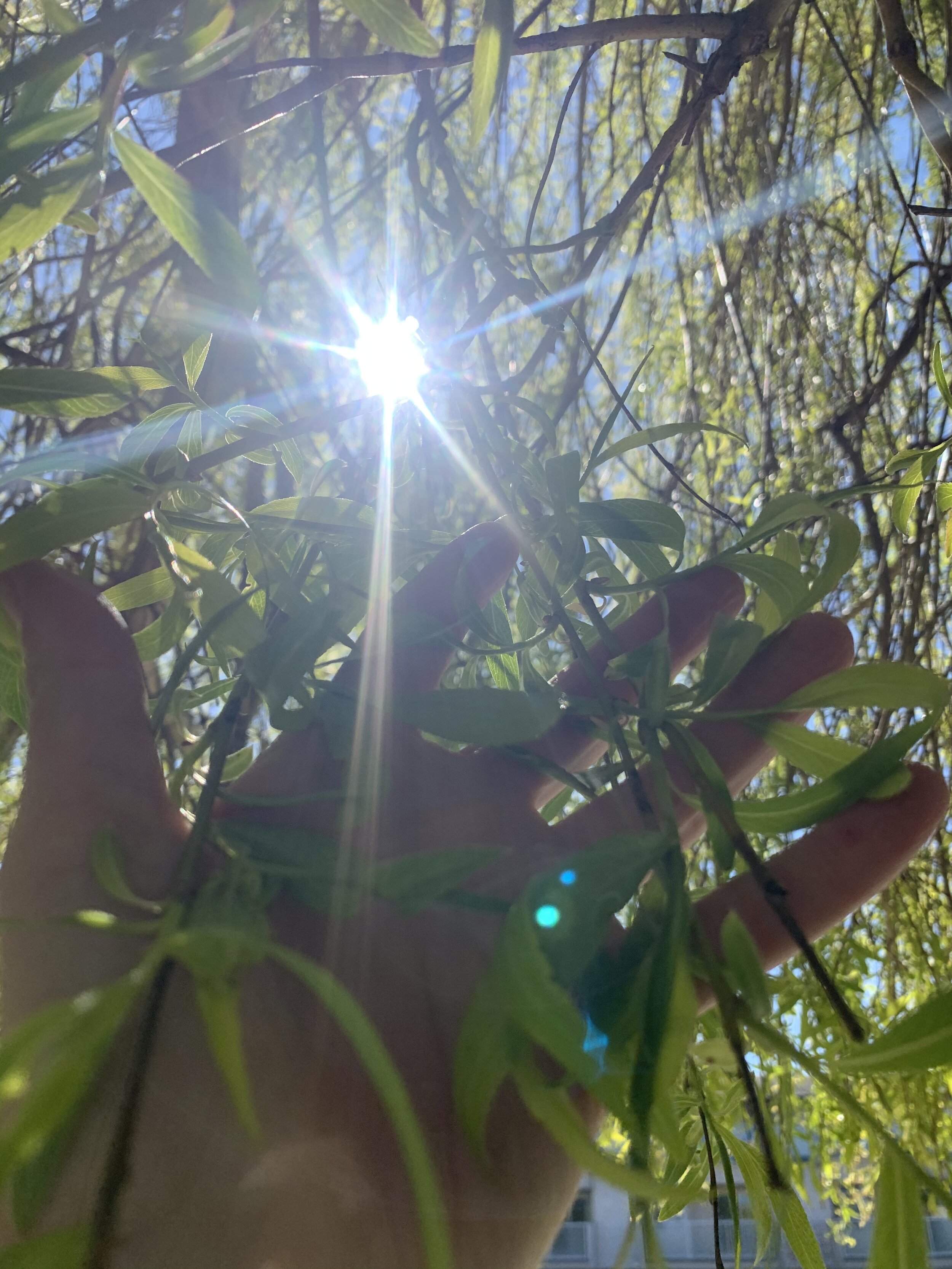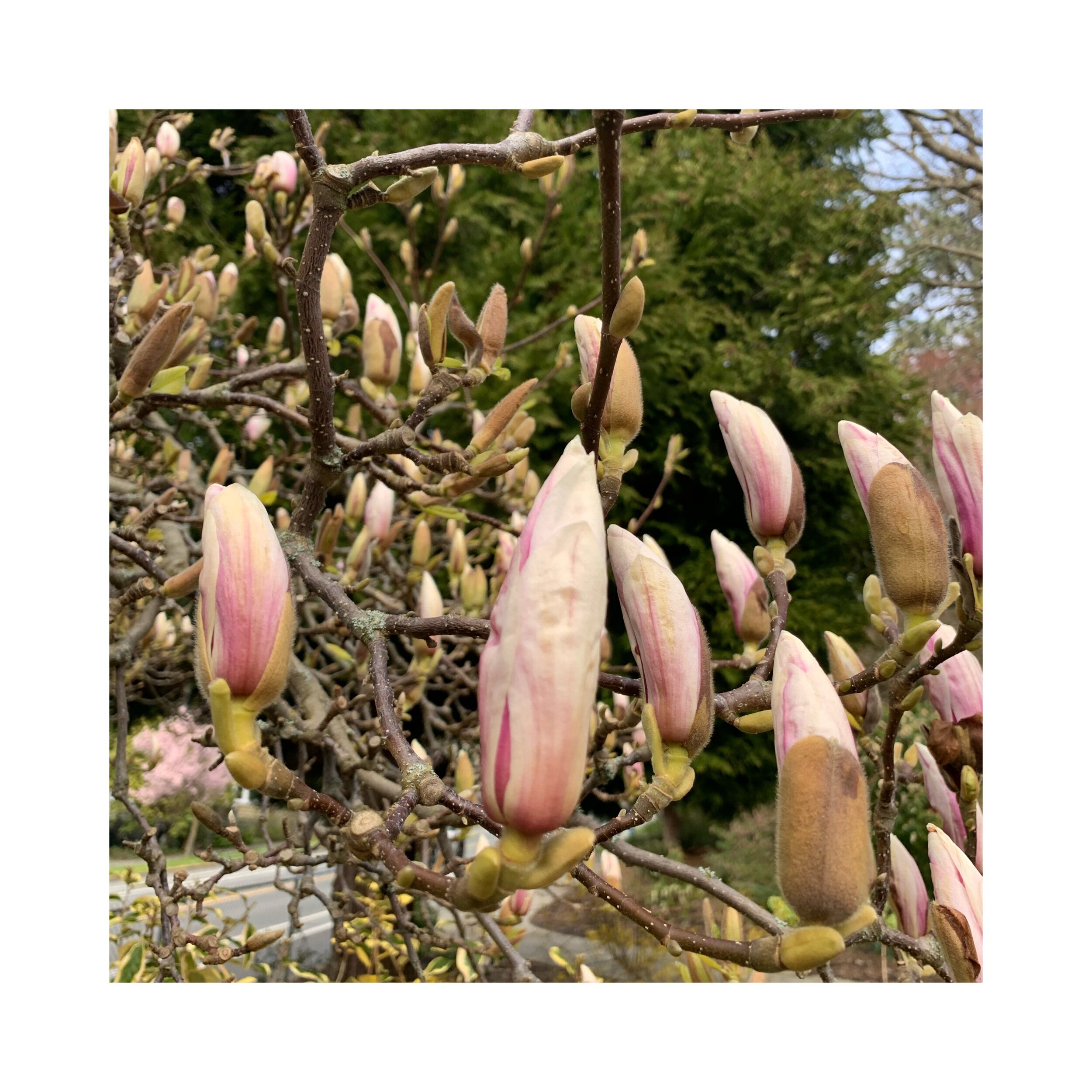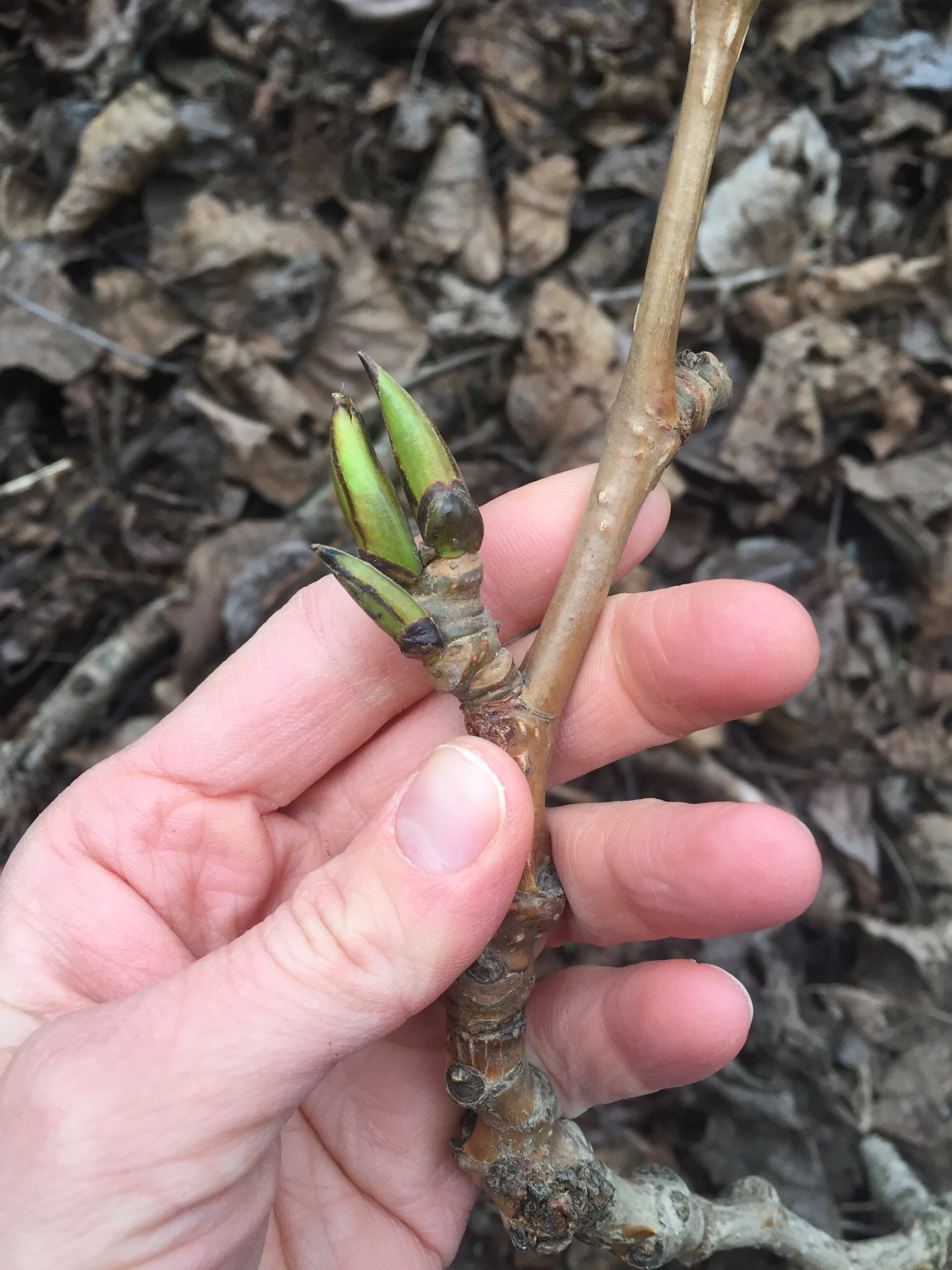Infusing honeys is one of my favourite ways to preserve herbs and extract their medicinal properties in a gentle way. Over the years I’ve found that fermented honey is the best way to capture the more delicate flavours of florals. Especially florals chosen for taste over health benefits.
You can use any edible floral for this. I’ve used cherry blossom, plum blossom, flowering currant, wild rose, hawthorne blossom, wild violets and my personal favourite - lilac. They all produce unique favours, complexity and colours.
Honey on its own—despite containing a healthy population of bacteria and yeast—will rarely spoil. The high sugar content, low pH and low water content halts microbial activity. In order to support fermentation in this recipe, we need to dilute the honey slightly with water. This permits the natural yeast found in the honey and on the cherry blossoms to initiate fermentation. For other fermented honey recipes when the water content of the added ingredient is higher, you do not need to dilute the honey. This fermented honey will take 2–3 months for the flavours to develop. You can tell that your honey is fermenting when you see bubbles start to form.
Adding water to the honey, you will get a finished product with a similar consistency as cordials - but with a more complex flavour and higher nutritional value. So in my opinion, it’s worth the 3 month wait over making a quick cordial.
Once finished you can use the honey in soda water, tea, lemonade or cocktails. Or bottle in a dropper and take a few drops on the tongue as an elixir. It’s also lovely drizzled over summer fruits or ice cream.
INGREDIENTS
1–1 ½ cup flower petals or blossoms (stems removed)
1 ¾ cup raw, unpasteurized honey
¼ cup filtered water, or tap water distilled on the counter for 24 hours (to remove chlorine that would injure fermentation)
1 glass jar with a lid
*The proper water to honey ratio is 1:7 for fermenting. You can adjust your recipe accordingly. If you add too much water, you may convert sugars to alcohol, making a product more similar to mead. Not a terrible mistake ;)
How to
Don’t wash the flowers, as this will remove the natural yeast and pollen needed for fermentation. Instead, after collecting, let them air out for 12 hours. This allows any critters to crawl out.
Place florals in a clean, sealable jar.
Pour the honey over the blossoms.
Add the filtered water and mix thoroughly.
Seal the jar and store away from heat and direct sunlight.
Shake or invert the jar daily to ensure that the blossoms are covered in honey.
“Burp” the jar every week by opening it to allow any gases to be released.
After 2–3 months, strain the honey to remove the blossoms. Store in a glass jar and refrigerate.
*** Please note: children under the age of 1 should not consume honey, because it may contain bacterial spores that can cause botulism.
*** If your honey looks or smells funky, trust your instincts and don’t eat it.
















